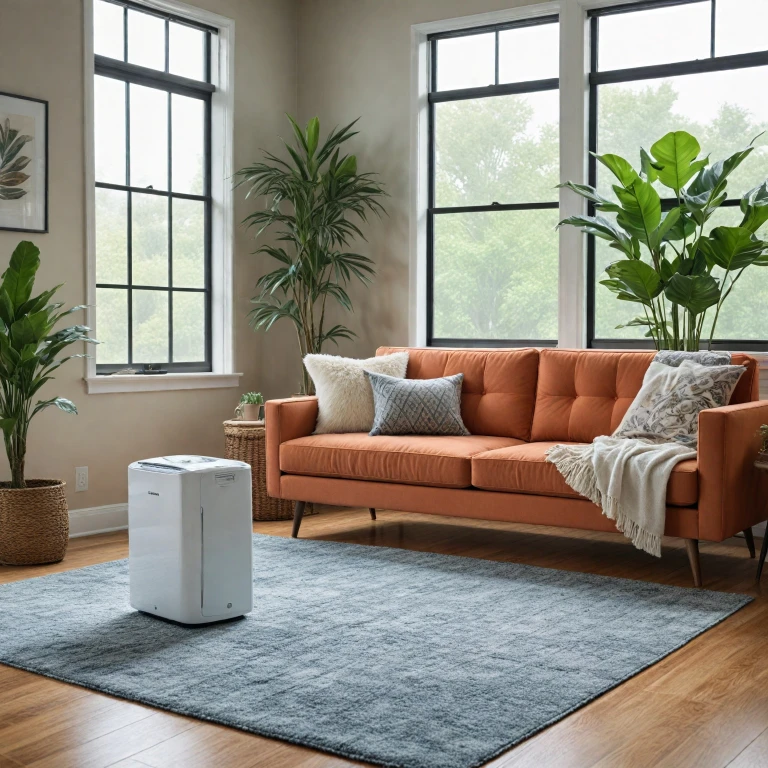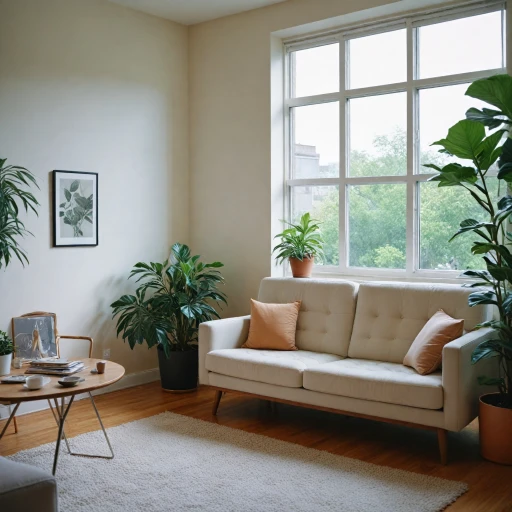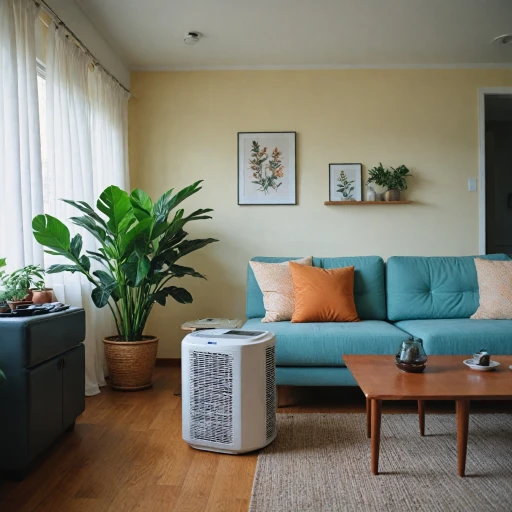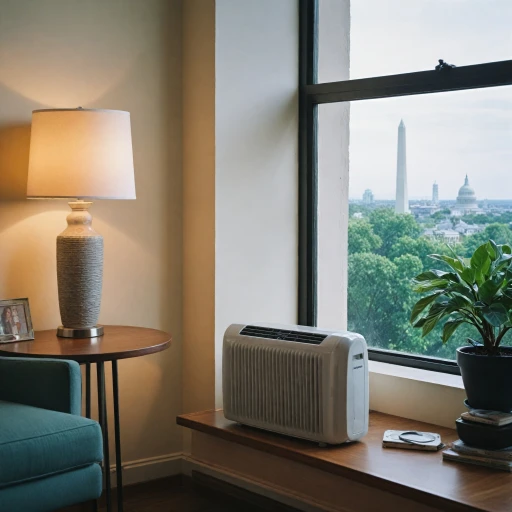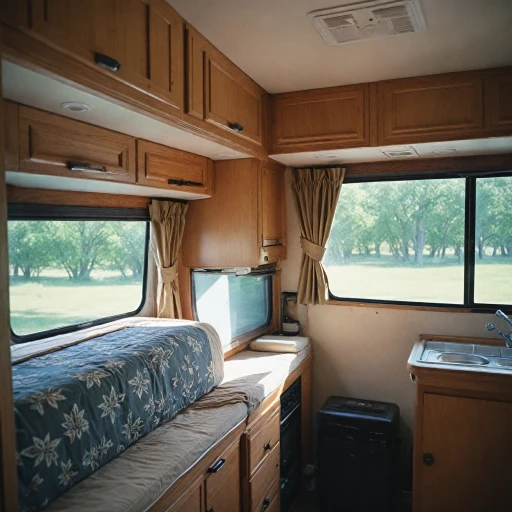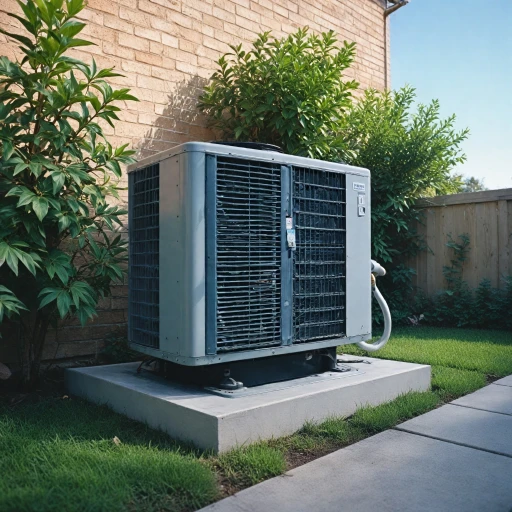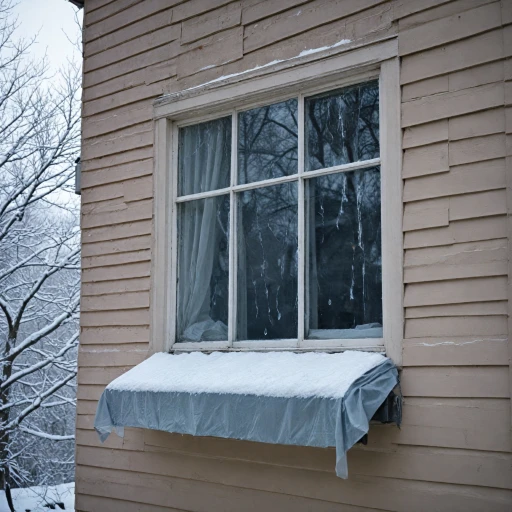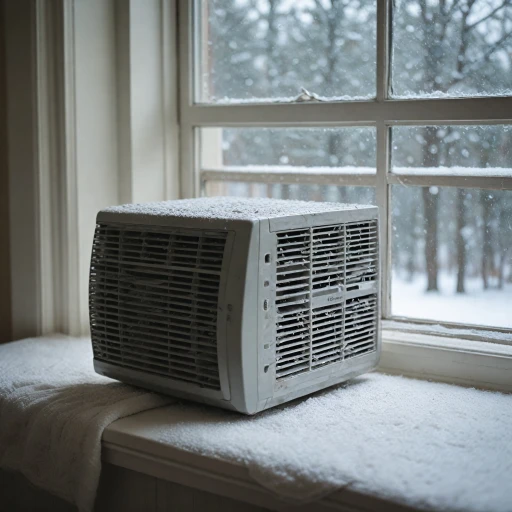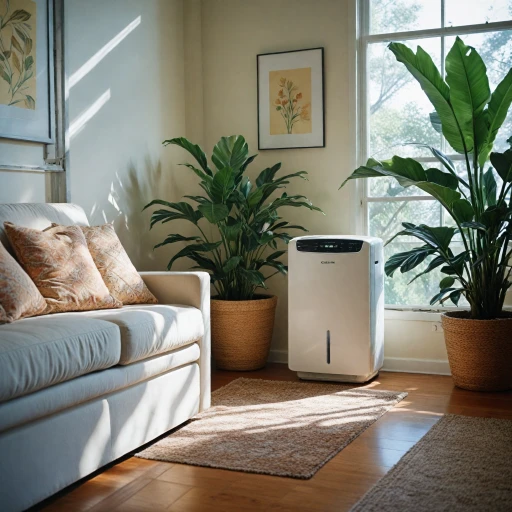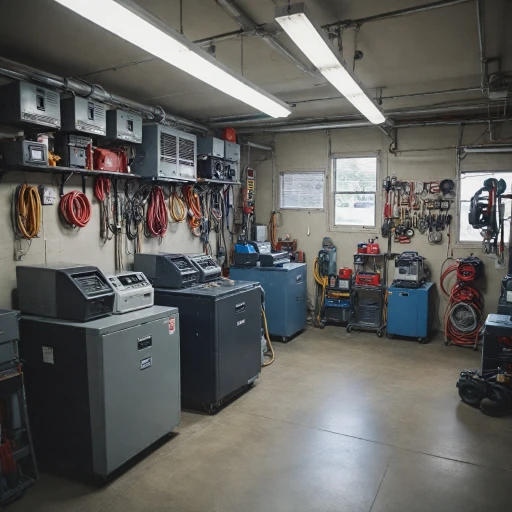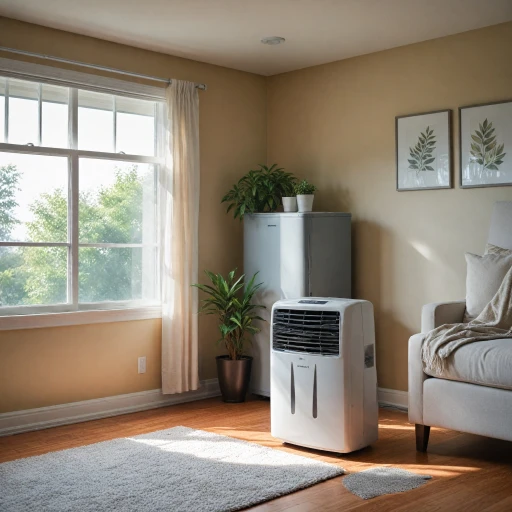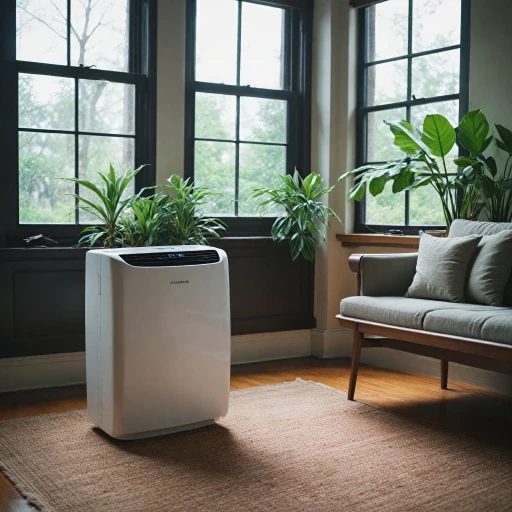
Understanding BTU and Its Importance
The Essential Measurement for Cooling Efficiency
Understanding BTU (British Thermal Unit) is critical when choosing a portable air conditioner. BTU measures a unit's cooling capacity, essentially defining how effectively it can cool a space. A 15,000 BTU portable unit provides ample power for sizable rooms or areas, covering up to approximately 700 square feet, depending on the climate control needs and insulation.
Why BTU Matters: Tailoring Cooling to Your Space
Selecting the correct BTU is essential, as an undersized model might struggle to provide cool air, leaving you and the space uncomfortable. Conversely, a unit with excessive BTU capacity could lead to inefficient energy usage, as the air conditioner could cool the area too rapidly, resulting in the inability to properly dehumidify the air.
Balancing BTU with Space
Consider the dimensions of the area when choosing a btu portable air conditioner. For example, a unit like the 15,000 BTU portable power wonder can be ideal for sizable rooms but would be excessive for smaller areas like bedrooms.
Factors such as ceiling height, window size, and even room color (e.g., black vs. white surfaces) can affect the required BTU capacity. Thus, evaluating these is vital during selection to maximize the unit's efficiency and effectiveness.
For further insights on BTU, consider exploring the detailed analysis on BTU efficiency and how these units can fit your space cooling requirements perfectly.
Energy Efficiency Considerations
Evaluating Energy Efficiency for Long-term Savings
When investing in a 15,000 BTU portable air conditioner, understanding energy efficiency is vital for both economic and environmental reasons. The efficiency of a unit not only impacts your monthly utility bills but also contributes to reducing the carbon footprint.
To gauge the efficiency, look for the Energy Efficiency Ratio (EER) or the Seasonal Energy Efficiency Ratio (SEER) ratings. These ratings indicate the cooling output per unit of energy consumed. In simple terms, the higher the EER or SEER, the more efficient the portable air conditioner is, making it crucial for year-round usage.
When considering energy efficiency, weigh these factors:
- Cooling Capacity: A unit with a higher BTU rating doesn’t necessarily mean it’s more efficient. It’s about finding the right balance for the square feet you intend to cool or heat.
- Dual Functionality: Some units offer both cooling and heating capabilities, allowing for optimal climate control throughout the year.
- Portable Power Options: Models with options for portable power, such as a generator, can prove useful in situations where traditional power sources are unreliable.
For those seeking detailed insights on efficient units, understanding the benefits of 18000 BTU units can provide valuable comparisons to enhance your decision-making process.
Noise Levels and Their Impact
Minimizing Disturbance Through Noise Control
Understanding the noise levels produced by a portable air conditioning unit is crucial for maintaining a comfortable environment. Noise is a significant factor, especially if the air conditioner will be used in bedrooms or offices where peace and quiet are paramount. A portable air conditioner can produce anywhere from 50 to 70 decibels. It might not seem much on paper, but when you're trying to sleep or concentrate on work, those decibels can make a big difference. Therefore, it’s vital to consider models that offer reduced noise levels without compromising on performance. Some manufacturers design units with advanced features to control sound, such as quiet compressors or fan modes that prioritize minimal sound. Checking online reviews and product specifications can provide insight into real-world noise levels. Here are some tips to help manage noise in portable air conditioners:- Location Matters: Placement can affect the perceived noise level. Ensure the unit is not placed too close to where you spend most of your time resting or working.
- Use a Rug or Mat: Placing the unit on a soft surface such as a rug can help absorb some of the sound vibrations.
- Low Fan Modes: If the unit comes with adjustable fan settings, using a lower fan mode can help keep noise to a minimum while maintaining an adequate cooling capacity.
- Seal the Exhaust Hose Properly: Ensure the exhaust hose is correctly secured to prevent noise from escaping through gaps.
Installation and Placement Tips
Effective Placement for Optimal Performance
Finding the right spot for your portable air conditioner can significantly impact its efficiency and performance. Consider the following comprehensive tips to ensure your unit operates at its best.
- Accessible Power Source: Keep your portable air conditioning unit close to a power outlet to avoid overextending the power cord, which can be a safety hazard.
- Proximity to Windows: Install the exhaust hose securely in a nearby window to efficiently vent hot air outside. A tightly sealed window is essential for optimal climate control and maintaining energy efficiency.
- Avoid Blockages: Ensure the air intake and exhaust vents are not obstructed by furniture or walls. Clear airflow directly impacts the cooling and heating capacity of your unit.
- Optimal Room Size: Match the cooling capacity, measured in BTU, with the room size to achieve the desired temperature. A 15,000 BTU portable air conditioner is effective for spaces typically around 700 square feet.
Consider these placement guidelines to maximize your portable air conditioner's cooling potential and ensure a comfortable living environment. By strategically situating your unit, you not only enhance its performance but also foster a more energy-efficient home.
Maintenance and Longevity
Keeping Your Portable Air Conditioner in Top Shape
Maintaining your portable air conditioner is crucial for ensuring its longevity and optimal performance. Regular upkeep not only helps in extending the life of the unit but also ensures efficient cooling and heating throughout its use. Here are some essential tips to keep your portable unit running smoothly:
- Regular Cleaning: Dust and debris can accumulate in your portable air conditioner, affecting its cooling capacity. Make it a habit to clean the filters every two weeks. If your unit has a reusable filter, rinse it with warm water and let it dry completely before reinserting it. For units with disposable filters, replace them as recommended by the manufacturer.
- Proper Storage: If you use your portable air conditioner seasonally, ensure it is stored correctly during the off-season. Clean the unit thoroughly, drain any water from the tank, and store it in a dry, cool place. Covering it with a cloth or tarp can protect it from dust and dirt.
- Inspect the Exhaust Hose: The exhaust hose is vital for venting hot air out of the room. Check it regularly for any cracks or blockages. Ensure it is securely attached to both the unit and the window kit to prevent leaks.
- Check for Leaks: Portable air conditioners can sometimes develop leaks, especially around the hose connections. Regularly inspect these areas and tighten any loose connections to prevent water damage.
- Monitor Energy Usage: As discussed in the energy efficiency section, keeping an eye on your unit's power consumption can help in identifying any inefficiencies. If you notice a spike in energy usage, it might be time for a professional check-up.
By following these maintenance tips, you can ensure that your portable air conditioner remains a reliable source of cool air, whether you're using it for cooling or heating. Remember, a well-maintained unit not only performs better but also saves you money in the long run.
Comparing Top Models
Leading Models in the Portable Air Conditioner Market
When comparing top models of portable air conditioners, it’s crucial to assess how each meets specific cooling requirements and aligns with your personal preferences. Understanding BTU and its importance can guide you towards choosing the right unit with adequate cooling capacity for your space.- Cooling Capacity and Efficiency: When selecting a portable unit, consider the BTU portable capacity. A 15,000 BTU portable air conditioner can effectively cool spaces up to approximately 700 square feet. Evaluating energy efficiency is equally essential to minimize electricity costs, especially for year-round use.
- Noise Levels: Different air conditioners produce varying noise levels. Certain models integrate efficient technology to minimize sound, providing a quieter experience. When considering noise, remember that higher cooling capacities might accompany louder operational sounds.
- Installation and Placement: Top models offer easy installation with comprehensive kits that simplify setups, particularly for window exhaust hose configurations. Proper placement ensures optimal air cooling distribution and efficient climate control within the room.
- Additional Features: Many models incorporate added features such as remote control for convenient power and climate adjustments. Some units also provide heating and cooling, turning them into versatile cooling heating solutions throughout different seasons.
- Maintenance & Longevity: Leading portable air conditioner models boast easy maintenance features, such as washable filters and durable constructions that prolong the life of the unit. Consistent upkeep prevents breakdowns, ensuring you get the most out of your investment.
